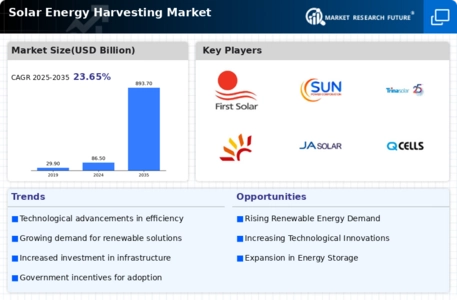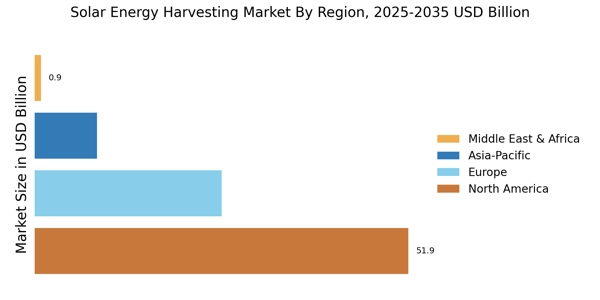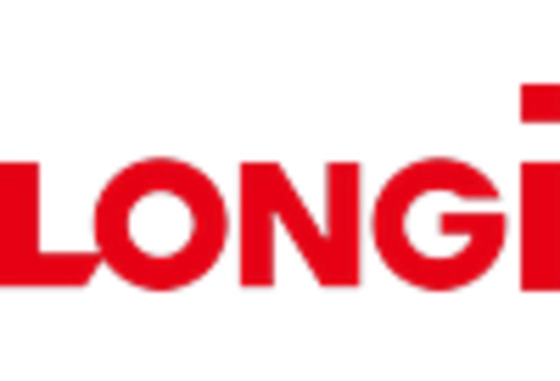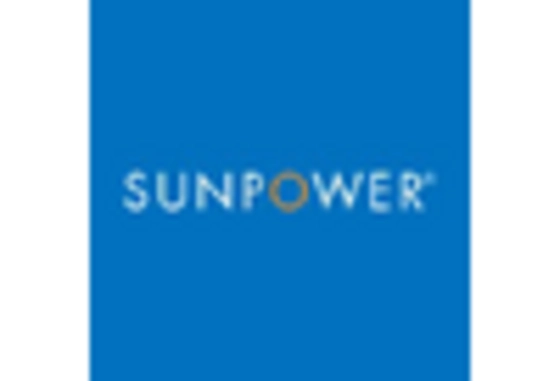Rising Energy Demand
The increasing The Solar Energy Harvesting Industry. As populations grow and economies expand, the need for sustainable energy sources becomes more pressing. According to recent data, energy consumption is projected to rise by approximately 30% by 2040. This surge in demand necessitates the adoption of renewable energy solutions, with solar energy being a prominent contender. The Solar Energy Harvesting Market is poised to benefit from this trend, as more consumers and businesses seek to reduce their carbon footprint while meeting energy needs. The transition towards solar energy not only addresses energy shortages but also aligns with global sustainability goals, making it a critical component of future energy strategies.
Government Policies and Incentives
Supportive government policies and incentives play a crucial role in driving the Solar Energy Harvesting Market. Many countries have implemented favorable regulations, tax credits, and subsidies to promote the adoption of solar energy. For instance, feed-in tariffs and net metering programs have been established to encourage residential and commercial solar installations. These initiatives not only lower the financial barriers for consumers but also stimulate investment in solar infrastructure. As a result, the Solar Energy Harvesting Market is likely to experience accelerated growth due to these supportive measures. The alignment of government objectives with renewable energy targets further solidifies the importance of policy frameworks in shaping the future of solar energy.
Declining Costs of Solar Technology
The Solar Energy Harvesting Market is experiencing a notable decline in the costs associated with solar technology. Over the past decade, the price of solar photovoltaic (PV) systems has decreased significantly, with estimates indicating a reduction of over 80% since 2010. This trend is largely attributed to advancements in manufacturing processes and economies of scale. As costs continue to fall, solar energy becomes increasingly accessible to a broader range of consumers, including residential, commercial, and industrial sectors. The affordability of solar technology is likely to drive adoption rates, thereby expanding the Solar Energy Harvesting Market. This shift not only enhances energy independence but also encourages investment in renewable energy infrastructure.
Technological Innovations and Research
Technological innovations and ongoing research are pivotal drivers of the Solar Energy Harvesting Market. Continuous advancements in solar technology, such as improved photovoltaic materials and energy storage solutions, enhance the efficiency and effectiveness of solar energy systems. Research initiatives are focused on developing next-generation solar cells that can capture more sunlight and convert it into usable energy. These innovations not only improve the performance of solar installations but also reduce costs over time. The Solar Energy Harvesting Market is likely to benefit from these advancements, as they make solar energy a more viable option for a wider array of applications. The emphasis on research and development underscores the commitment to enhancing solar technology and expanding its market reach.
Environmental Concerns and Climate Change
Growing awareness of environmental issues and climate change is a significant driver for the Solar Energy Harvesting Market. As the effects of climate change become more pronounced, there is an increasing urgency to transition from fossil fuels to renewable energy sources. The Solar Energy Harvesting Market stands to gain from this shift, as solar energy is recognized for its low environmental impact. Reports indicate that solar energy can reduce greenhouse gas emissions by up to 90% compared to traditional energy sources. This environmental imperative is prompting governments, businesses, and individuals to invest in solar technologies, thereby fostering growth within the Solar Energy Harvesting Market. The alignment of solar energy with sustainability goals further enhances its appeal.


















Leave a Comment